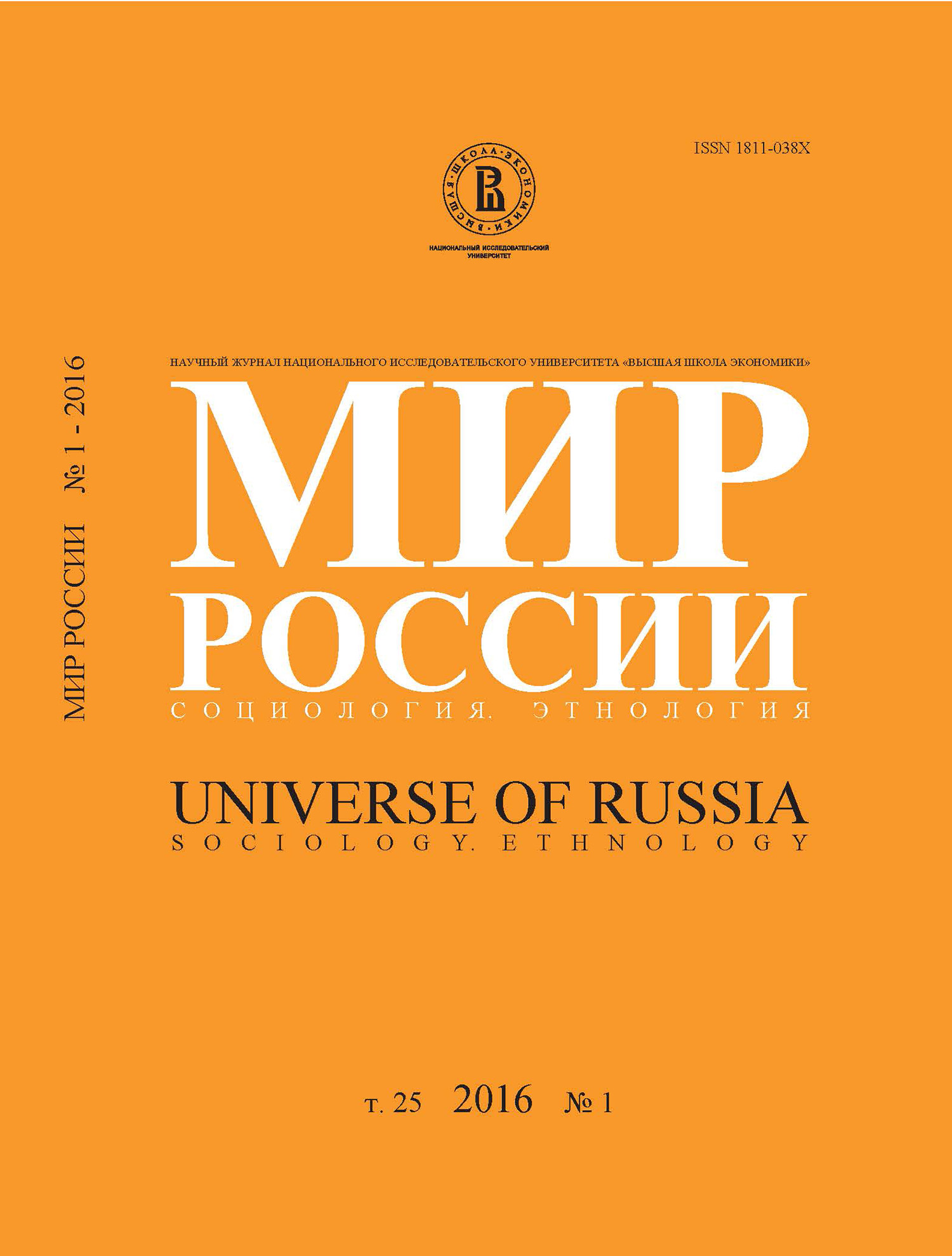Self-isolated Communities—The Social Structure of Kin’sDomain Settlements
Abstract
Artemy Pozanenko — Analyst, Project and Educational Laboratory for Municipal Administration, Higher School of Economics. Address: 20, Myasnitskaya St., Moscow, 101000, Russian Federation. E-mail: apozanenko@hse.ru
The ecovillage movement in Russia began to emerge shortly after the collapse of the Soviet Union, 25 to 30 years after the global ecovillage trend began. The Russian movement is far from homogenous and varies by many parameters, e.g. ideology, governance, lifestyle. Ecovillage communities and settlements began to form as а way of isolating their inhabitants in one way or another from modern society. The process accelerated in the 2000s spurred by the publication of Vladimir Megre’s book Anastasia (1996), the first book in the Ringing Cedars of Russia series (of which ten volumes have been published so far with more than 11 million copies sold). ‘Anastasian’ settlements, the so-called kin’s domain settlements (consisting of family-owned homesteads), rapidly became the prevailing type of ecovillages in Russia. However, until recently this phenomenon has remained relatively underresearched, and this article attempts to fill in this gap by exploring these communities in the context of Russia’s ecovillage movement.
The work is based on field research carried out by the author in 2012–2015 in nine ecovillages located in Western Russia and the Urals. It is based on 32 in-depth interviews with 54 respondents and overt observations. Additional interviews were conducted with the inhabitants of neighbouring non-ecovillage communities, and people possessing expert knowledge on the subject in question (V. Hiltunen, expert on ecovillages, and the functionaries of the municipalities where the surveyed communities are located). The author reveals the social structure of ecovillage communities, their subsistence models, sources of income, self-organization and governance, as well as relations with local and government authorities, and the inhabitants of neighboring villages. Fundamental differences between ecovillage communities and traditional rural communities are identified with regard to the origin of the inhabitants, their education, demographic characteristics, subsitence and farming practices.






